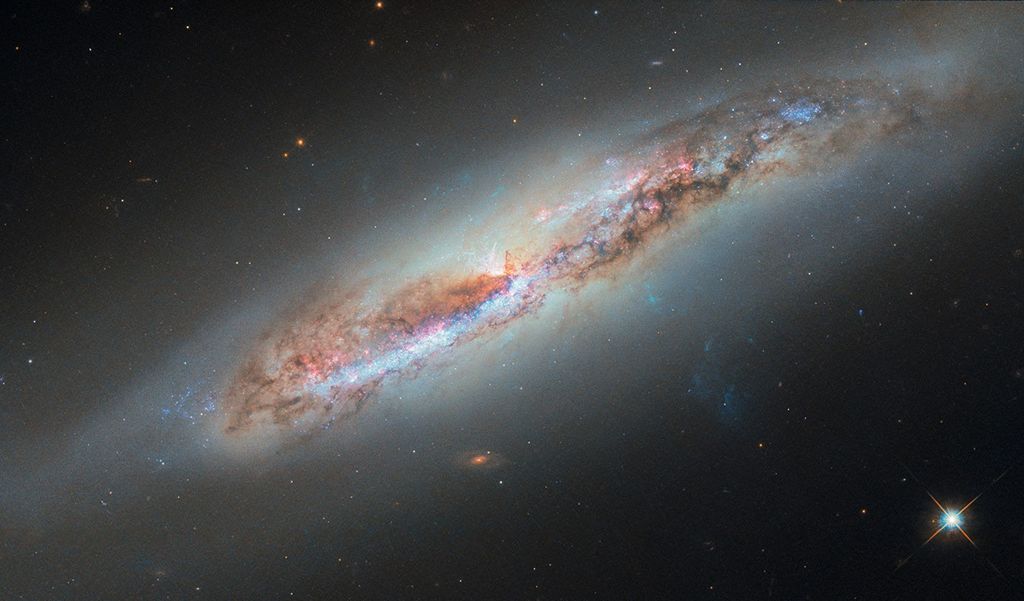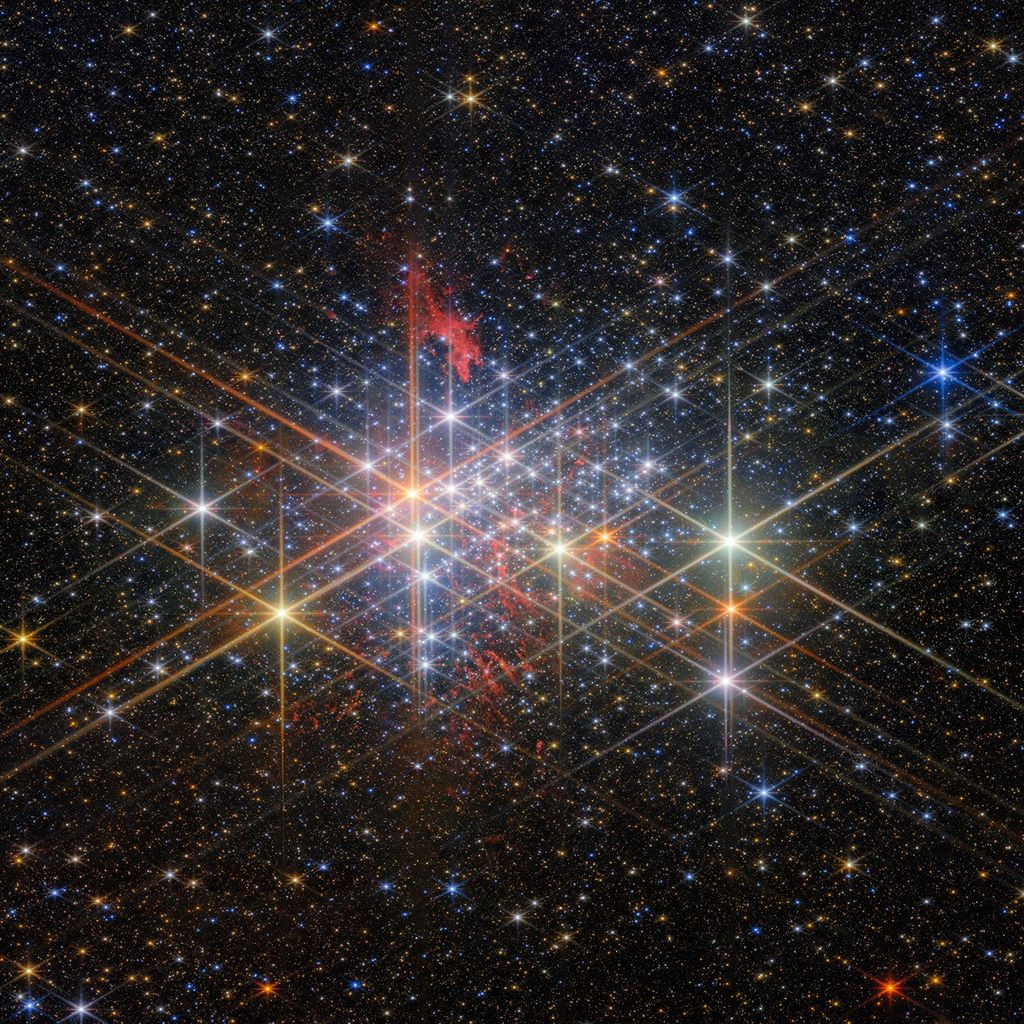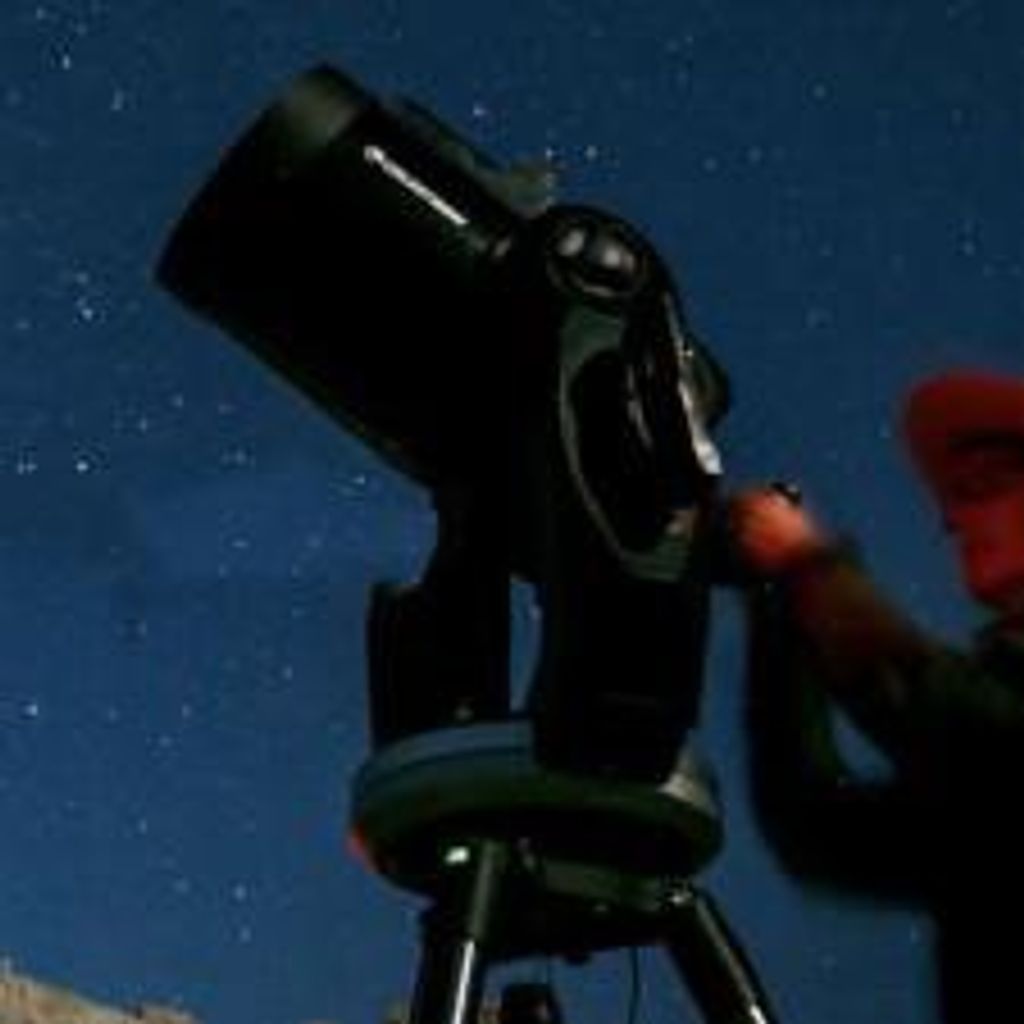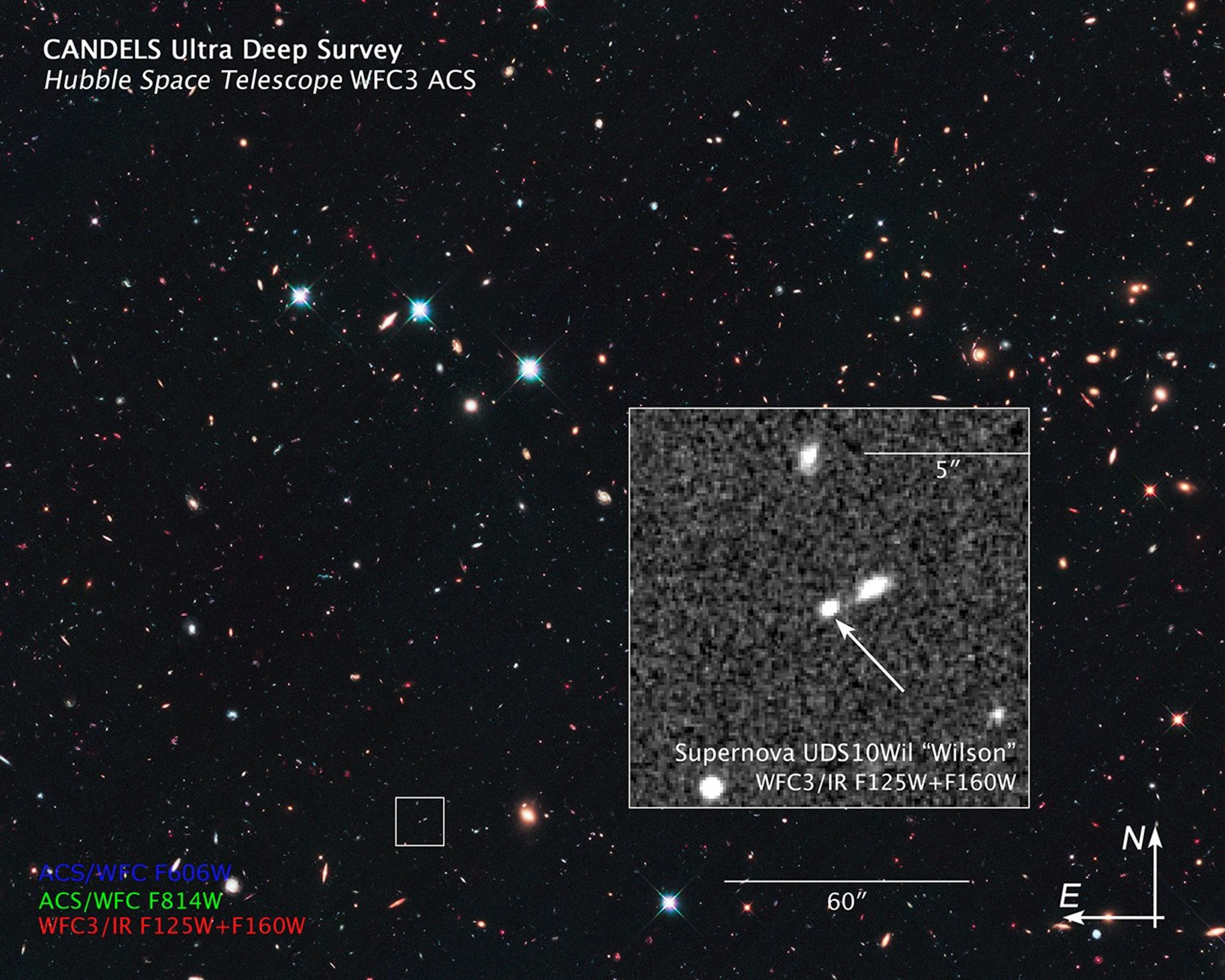1 min read
Supernova UDS10Wil in the CANDELS Ultra Deep Survey
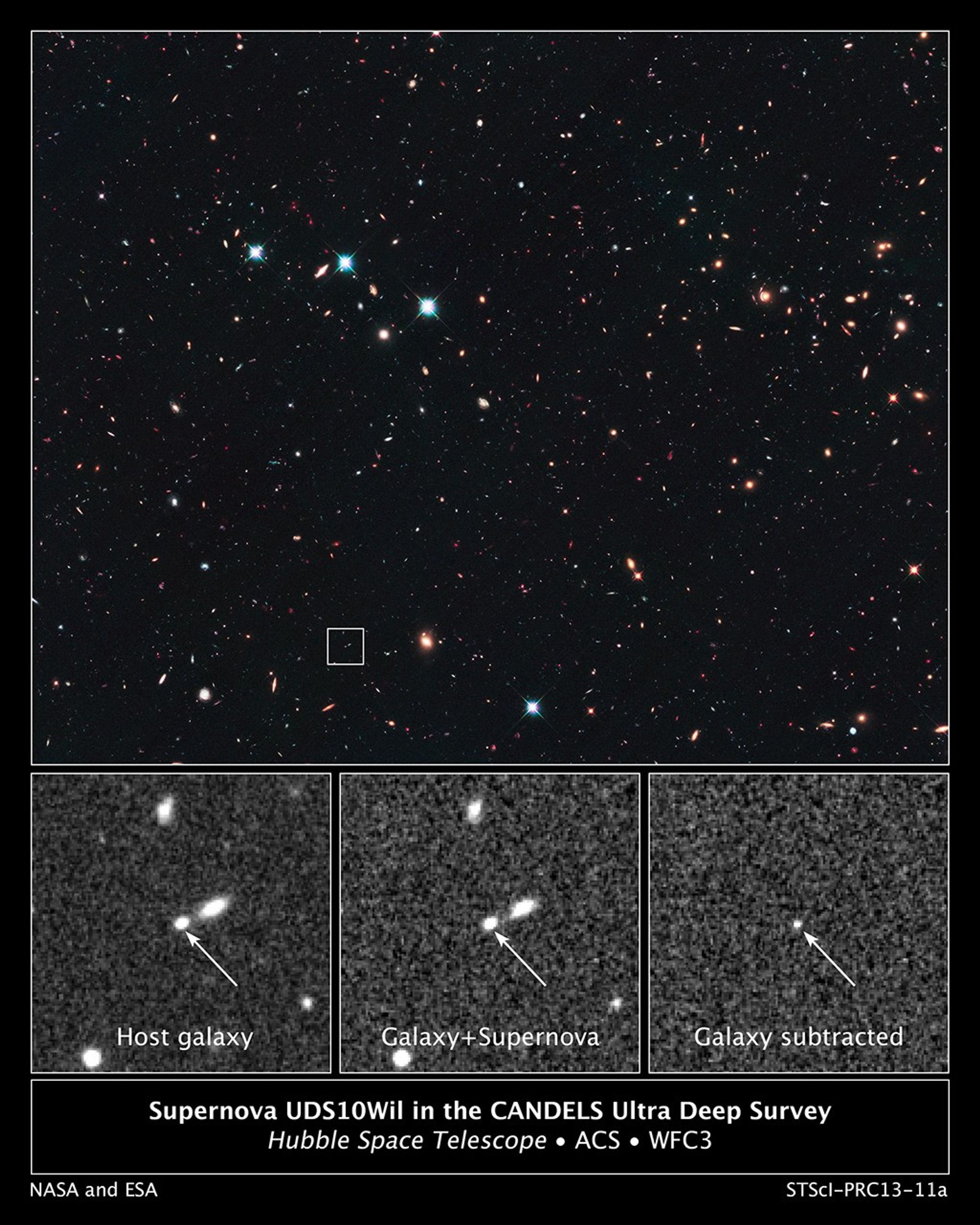
This is a Hubble Space Telescope view looking long ago and far away at a supernova that exploded over 10 billion years ago. The supernova's light is just arriving at Earth because it has traveled more than 10 billion light-years (redshift 1.914) across space.
The supernova, designated SN UDS10Wil, is nicknamed SN Wilson, after the 28th U.S. President, Woodrow Wilson. At the time it exploded, the universe was in its early formative years where stars were being born at a rapid rate.
Astronomers spotted SN Wilson in December 2010 in the Cosmic Assembly Near-infrared Deep Extragalactic Legacy Survey (CANDELS) field. The small box in the top image pinpoints SN Wilson's host galaxy in the CANDELS survey. The image is a blend of visible and near-infrared light, taken by Hubble's Advanced Camera for Surveys and Wide Field Camera 3 (WFC3). The astronomers' search technique involved taking multiple near-infrared images with WFC3 spaced roughly 50 days apart over the span of three years, looking for a supernova's faint glow.
The three bottom images, taken in near-infrared light with WFC3, demonstrate how the astronomers found the supernova. The image at far left shows the host galaxy without SN Wilson. The middle image, taken a year earlier, reveals the galaxy with SN Wilson. The supernova cannot be seen because it is too close to the center of its host galaxy. To detect the supernova, astronomers subtracted the left image from the middle image to see the light from SN Wilson, shown in the image at far right.
The astronomers then used WFC3's spectrometer and the European Southern Observatory's Very Large Telescope to verify SN Wilson's distance and to decode its light, finding the unique signature of a Type Ia supernova.
About the Object
- R.A. PositionR.A. PositionRight ascension – analogous to longitude – is one component of an object's position.02h 17m 46.0s
- Dec. PositionDec. PositionDeclination – analogous to latitude – is one component of an object's position.-5° 15' 23.0"
- ConstellationConstellationOne of 88 recognized regions of the celestial sphere in which the object appears.Cetus
- DistanceDistanceThe physical distance from Earth to the astronomical object. Distances within our solar system are usually measured in Astronomical Units (AU). Distances between stars are usually measured in light-years. Interstellar distances can also be measured in parsecs.Redshift: z = 1.914 (inset images)
About the Data
- Data DescriptionData DescriptionProposal: A description of the observations, their scientific justification, and the links to the data available in the science archive.
Science Team: The astronomers who planned the observations and analyzed the data. "PI" refers to the Principal Investigator. - InstrumentInstrumentThe science instrument used to produce the data.HST>ACS/WFC and HST>WFC3/IR (CANDELS), HST>WFC3/IR (inset images)
- Exposure DatesExposure DatesThe date(s) that the telescope made its observations and the total exposure time.December 30, 2010, and December 2, 2011 (inset images)
- FiltersFiltersThe camera filters that were used in the science observations.Deep survey: F125W, F160W, F606W, and F814W Inset images: F125W (J) and F160W (H)
- Object NameObject NameA name or catalog number that astronomers use to identify an astronomical object.CANDELS Ultra Deep Survey; Supernova Wilson, SN UDS10Wil (inset)
- Object DescriptionObject DescriptionThe type of astronomical object.Deep survey and Type Ia Supernova (inset images)
- Release DateApril 4, 2013
- Science ReleaseHubble Breaks Record in Search for Farthest Supernova
- Credit

CANDELS image: Blue: F606W Green: F814W Red: F125W + F160W Supernova inset images: Grayscale: F125W (J) + F160W (H)

Share
Details
Claire Andreoli
NASA’s Goddard Space Flight Center
Greenbelt, Maryland
claire.andreoli@nasa.gov

